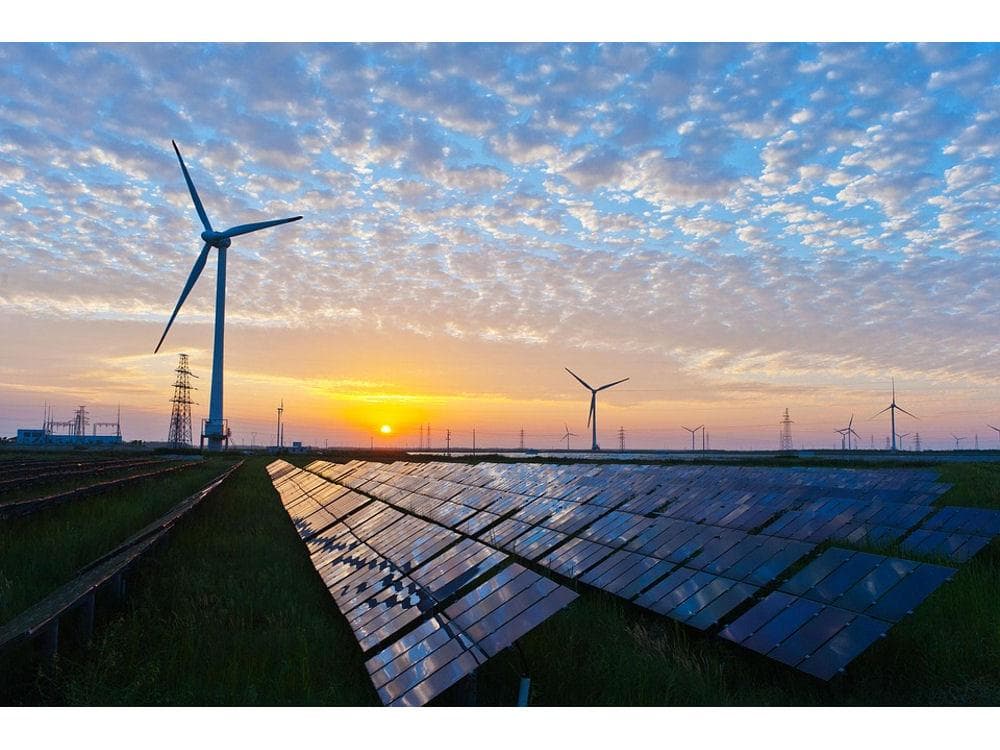Previous commentaries (Renewables Responsibility and Government Responsibility) dealt with the government and renewables industry perceptions of their responsibilities regarding the proposed energy transformation.
Government, at all levels, apparently believes that its responsibility in the proposed energy transition is to establish the goals, set the timeline, pick the winning technologies and incentivize their market adoption. This perception led to Net Zero by 2050, all-electric everything, wind and solar generation, electric vehicles and a variety of incentives, subsidies and mandates.
The renewable energy industry apparently believes that its responsibility in the proposed energy transition is take maximum advantage of federal and state subsidies, incentives, preferences and mandates by installing as much generating capacity as the industry participants can finance and get connected to the grid. The industry also believes that the grid should accept all of its output whenever it is available. The opportunity the industry perceives is the result of Net Zero by 2050, all-electric everything, and the selection of wind and solar as the winning technologies.
The overall responsibility of the utilities, which own and operate the grid and much of the generating capacity which feeds the grid, and the ISOs and RTOs through which they coordinate their generation and transmission operations, is to assure reliable and economical electricity service. Their operational and financial performance are overseen by state utility commissions and consumers’ counsels.
The utilities are required to connect non-utility generators to the grid. Conventional non-utility generators have historically been subject to economic dispatch. However, the proposed energy transition has changed this process by requiring that the output of connected renewable generators, which cannot be dispatched at will, be taken whenever it is available and supplemented by electricity dispatched from both utility and non-utility generators to meet the contemporaneous demand on the grid. In situations in which the renewable generator output exceeds demand, the grid operators would be expected to store the excess electricity for later use.
As the fraction of subsidized renewable generation connected to the grid increases, the output of the conventional generation to the grid decreases, reducing the revenues to those generators and increasing the rates they must charge to remain profitable. However, the intermittency of the renewable generation requires that the conventional capacity remain operating, even at zero net output, to supply the grid demand when the renewable generation declines significantly or is unavailable. However, conventional generation is being retired far more rapidly than renewable generation is being added to the grid, reducing the capacity reserve margin available to meet peak demand and threatening grid stability and reliability.
The grid operators, which typically connected a relatively small number of relatively high-capacity dispatchable generators, are now required to connect a relatively large number of relatively low-capacity non-dispatchable generators, spread over a far larger geographic area. As the energy transition proceeds, the number of relatively low-capacity non-dispatchable generators would increase dramatically, rendering the continued operation of conventional generation uneconomical. Fossil fueled conventional generation would also be driven from the grid by government edict.
When the rating plate capacity of the connected renewable generation exceeds the capacity of the conventional generation, the grid operators would be required to add dispatchable electricity storage to the grid to satisfy grid demand when renewable generation is unavailable or inadequate. This storage capacity would be recharged using surplus renewable electricity when available, supplemented by conventional generation while available. However, as the conventional generation is retired, additional grid storage capacity would be required, and additional renewable generation capacity would be required to assure that grid storage capacity is charged and available as required.
The grid scale storage required by the energy transition is currently either extremely expensive (short duration) or unavailable (medium to long duration). This would make the grid operators’ responsibility to ensure reliable and economical electricity service very difficult to fulfill.
Finally, there has not been a successful demonstration of a stable and reliable renewable plus storage grid, so there remain questions about whether the grid operators’ responsibilities could be fulfilled.
